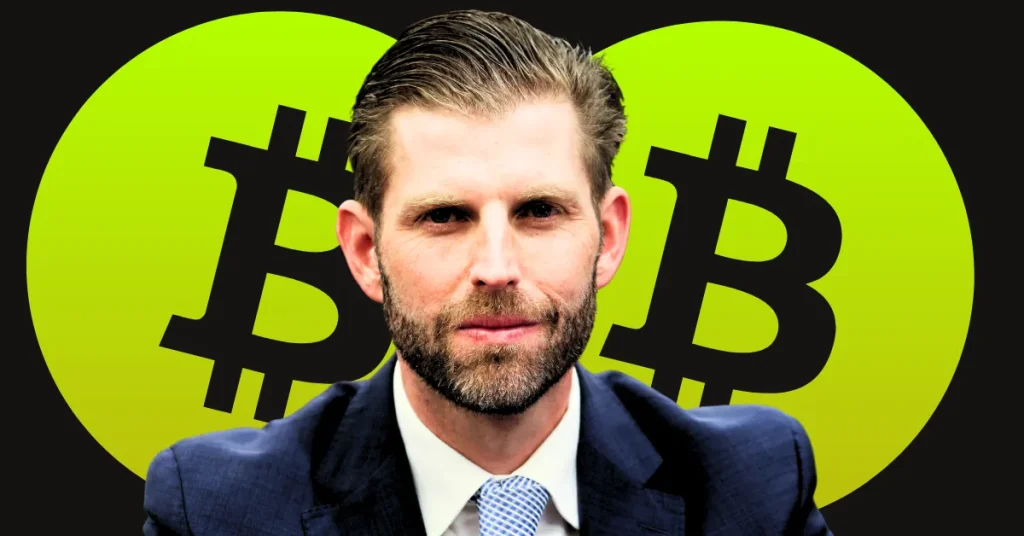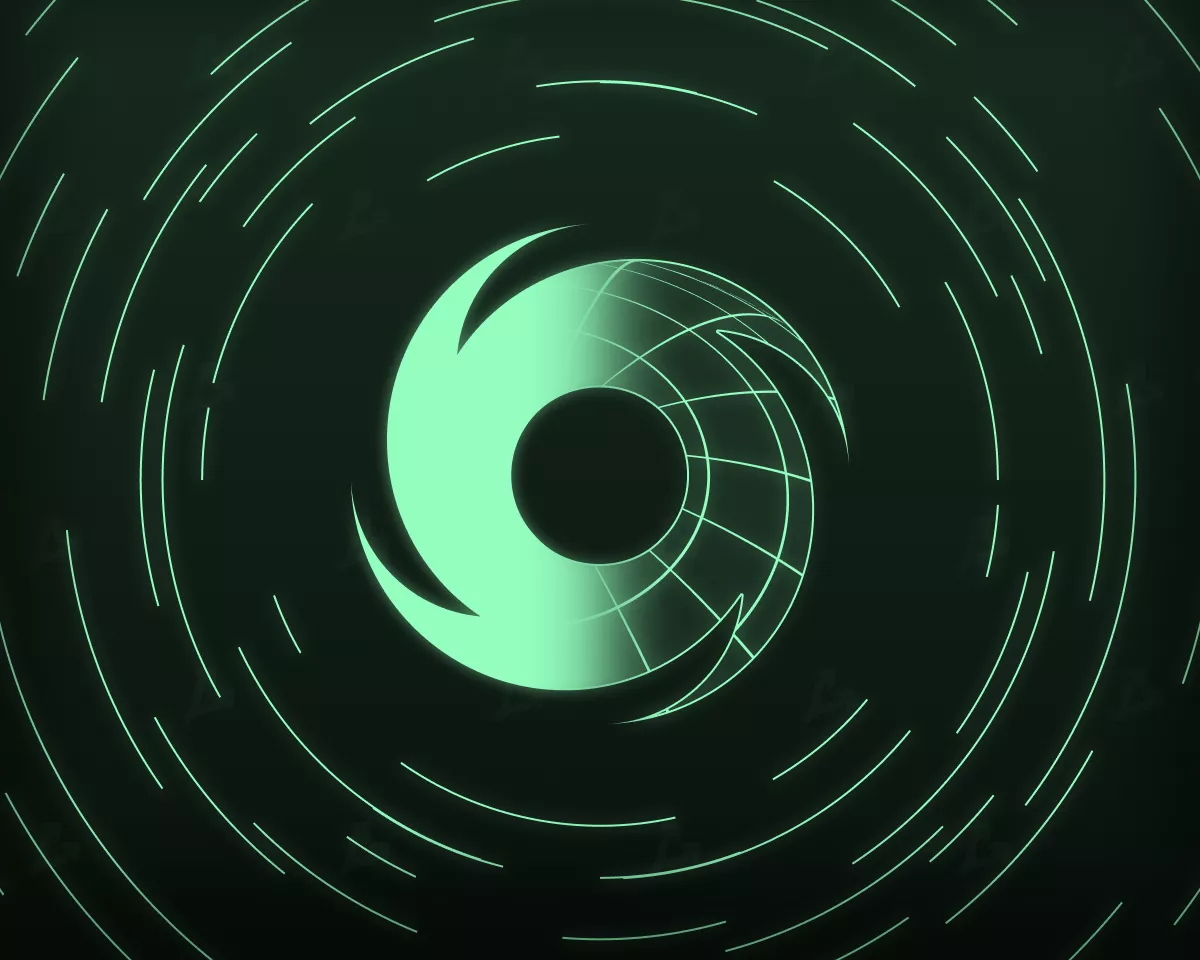
Talk to someone unfamiliar with NFTs, and one of the first things they will protest is that they don’t really do anything. Indeed, even amongst enthusiasts, the focus has been driven more and more towards utility, as NFTs around the market have seen prices and volume dipping in recent times.
NFTs are art, yes, but that’s only the beginning. The most successful projects excel because they build a community, with the NFTs essentially membership cards to enter these exclusive clubs. Think of Bored Ape Yacht Clubs, where an Ape grants you exclusive access to merchandise, meet-ups, and even boat parties in Miami.
Smart Token Labs is striving to create an avenue to generate more utility from NFTs. Their method is quite inventive – creating verifiable on-chain NFT derivatives to NFT holders that maintain the IP rights of the original project. In fact, they provided us an exclusive look at their new derivatives website, which can be seen here.
It’s quite a slick mechanism and opens up avenues for collaboration with other brands, increased recoupment of royalties, and a whole host of other revenue and utility-driving actions for NFT owners. Naturally, we had a few questions, so we caught up with Victor Zhang, co-founder and CEO of Smart Token Labs.
Invezz (IZ): Can you give an example of some of the NFT derivatives that could be created?
Victor Zhang (VZ): NFTs are a way to digitally record the ownership of certain non-fungible rights. NFT derivatives are a way to make derivatives of non-fungible rights.
One example of NFT derivatives that could be created are profile photo NFTs (NFTs representing the ownership of IPs). IP owners (NFT holders) can issue derivative NFTs to represent the licensing of using this IP in certain ways. With Nifty Tailor, BAYC holders can use their BAYC to mint derivative NFTs (Apes with different outfits) which are based on their Apes. They can mint derivative NFTs to represent the right to use the IP on a t-shirt, a coffee shop, etc, to represent the right to do an “official” re-creation.
Another example is DeFi NFTs (NFTs representing the ownership of a finance asset). Finance asset owners (NFT holders) can issue derivative NFTs to represent part of the current or future value of the finance asset. Uniswap V3 Position NFTs represent the ownership of the rights to modify and redeem the position. They can issue one derivative NFT to represent the ownership of the right to redeem, another to represent the ownership of the right to modify, another to represent the right to redeem half, or another to represent the right to certain modifications to have better liquidity and control.
There are also examples that extend to more real-world related NFTs (NFTs representing the ownership of rights in the real word). For example, a car ownership token, which uses an NFT to represent the ownership of a physical car. The Car owner (NFT holder) can issue derivative NFTs to represent the ownership of the right to use the physical car at a certain time period, and can issue derivative NFTs to represent the ownership of the right to receive rental income.
IZ: These derivatives will be possible only for collections that maintain the IP rights of the original project. What do you think of projects that don’t grant full IP rights to purchasers?
VZ: For IP-related NFTs, if a token holder wants to issue IP-related derivatives, they need to either own the IP or have the licensing. But they can still produce derivatives based on the rights they own, like the collectible rights. Collectible rights can issue derivatives to represent the ownership of the right to use the NFT as profile photo and sell the derivatives to others. Beyond collectible rights, it also represents the ownership of the right to redeem a t-shirt, then the NFT holder can issue derivatives to represent this right and sell separately. Projects can issue derivatives instead of NFT holders. As long as buyers fully understand what they are buying, it is totally fine. The buyer needs to understand what kind of ownership they are buying, the ownership of what rights.
IZ: A lot of projects – including the latest highly-hyped project, Moonbirds – are looking towards staking initiatives (“nesting” in the case of Moonbirds) to generate income for holders. What do you think of this initiative?
VZ: The key thing is where the income is coming from. If it is just the money from token buyers being redistributed to NFT holders, this is totally fine in a positive cycle where more people are buying the token and the price is increasing in value leading to more buyers. In a negative cycle, however, it will not work. A simpler way to think about it is NFTs have one more right that is earning an income from another source. By the way, you can issue fungible tokens as derivatives from NFTs as tokens to represent the staking income.
IZ: Are you interested in any other initiatives beyond staking (as well as launching derivatives, obviously) that generate income for NFT holders?
VZ: It is all about how to use the ownership of the rights that the NFTs are representing. If it is IP, then the question is how to use the IP to generate income. If it is a finance asset, then the question is how to use the finance asset to generate income. If it is a car, then the question is how to use the car to generate income.
IZ: Do you think on-chain derivatives could increase the average hold period for blue-chip NFTs? Do you foresee any other implications?
VZ: Yes, especially if the derivatives require the holder to lock/wrap the original NFT to prevent double spending the rights. An example of this would be if I issue a derivative to represent the exclusive rights of using my BAYC on a t-shirt. Once it is issued, that right needs to be removed from the original NFT, and the original NFT needs to be locked or wrapped. Additionally, two new NFTs will need to be minted – one for the exclusive rights for the t-shirt and one for the balance rights. NFT derivatives are like DeFi nesting dolls.
IZ: There will likely only be enough liquidity and demand to launch NFT derivatives for the big projects. Do you think this will increase the concentration of wealth at the top of the NFT market?
VZ: No, the current NFT market is very much an IP type of NFT, which only brings success to the biggest or most notable projects. It is not a problem, it is simply how it works. Later there will be all kinds of other NFTs, so it’s not a problem at all.
IZ: What do you think of the concentration of wealth within NFTs as a whole, and the cryptocurrency industry at large?
VZ: The current use cases are tiny compared with what crypto tech can really enable. There’s nothing to be worried about.
IZ: Do Smart Token Labs have any competitors with regards to the launch of NFT derivatives?
VZ: We haven’t seen any competitors that are specifically building a new internet standard for tokenization.
IZ: Do you foresee a launch just for the blue-chip Ethereum projects, or will you be looking at Solana too?
VZ: We’re currently focused on EVM based networks, so no plans for Solana at this point.
IZ: How do you see the integration of OpenSea with Solana affecting the NFT market? Do you think this will have any impact on Ethereum’s dominance within the NFT space, and do you foresee a multi-chain future for NFTs or will it always be ETH ruling the roost?
VZ: In the medium term, I see a multi-chain future for NFTs the same as DeFi. In the long term, I believe the multi-chain future of NFTs will depend on sharing the security with Ethereum mainnet and having interoperability with each other. (Ethereum mainnet + rollups, side chains, shards, etc.). Without shared security, cross-chain is ‘useless’.
IZ: How do you think NFTs will fare in a prolonged bear market, and do you think NFT derivatives will have any impact on this?
VZ: It will have a better performance than DeFi tokens, as they are more than finance. The share price may reduce, but the IP of Marvel may not be affected.
IZ: You are working on some other intriguing projects, such as tokenizing car ownership. What does the future look like for Smart Token Labs as a whole, and how big a focus are NFTs?
VZ: We have two open-source projects, TokenScript and AlphaWallet. TokenScript aims to become a new internet standard, and the standard of a token-centric framework. In this Web3 future, tokens will be as ubiquitous as web pages, and tokens will become primary objects of ownership, identity and interaction. AlphaWallet is the largest open-source EVM mobile wallet in terms of fork numbers, and is the only self-custodial wallet that’s 100% open-source.
The post NFT derivatives – the new frontier? Interview with Smart Token Labs co-founder & CEO appeared first on Invezz.















 English (US) ·
English (US) ·